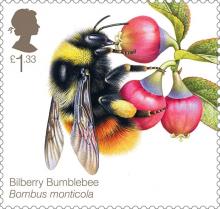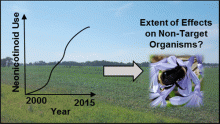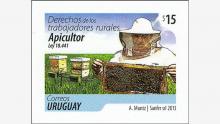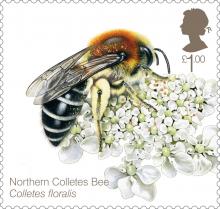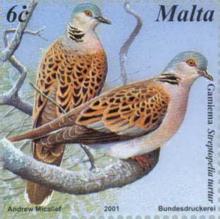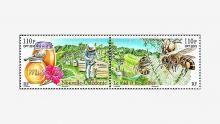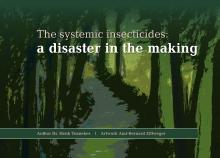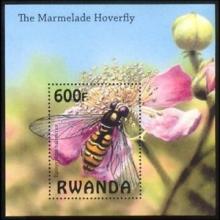Hemmung der Abbau-Enzyme verstärkt die toxische Wirkung von Neonicotinoiden
Die als Insektenbekämpfungsmittel eingesetzten Neonicotinoide sind für Bienen schädlich – so viel scheint klar. Doch einige Mittel aus dieser Substanzklasse wirken viel toxischer als andere. Warum das so ist, haben nun Forscher aufgeklärt. Demnach sind die Insektizide besonders schädlich, die zusätzlich zu ihrer Giftwirkung auch bestimmte Abwehrenzyme der Bienen hemmen. Dadurch können die Insekten das Gift nicht mehr abbauen, bevor es Schaden anrichtet.

